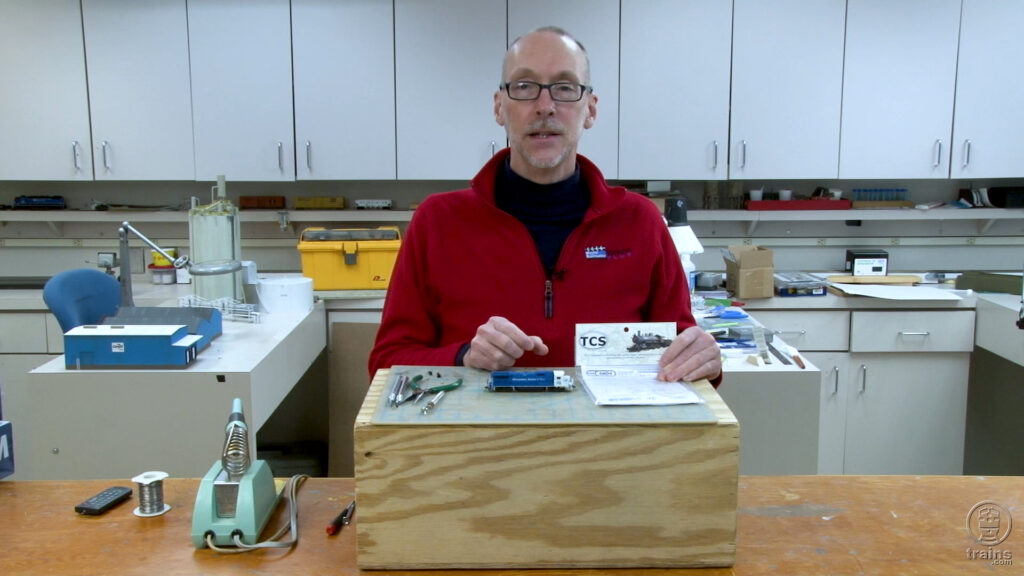
DCC install for n scale | As the crew nears completion of the State Line Route N scale (1:160) model railroad, it’s time to get the locomotives ready to run. In this episode, David Popp shares how to install a Train Control Systems (TCS) AMD4 DCC decoder into an N scale Atlas diesel locomotive. Follow […]
Read More…
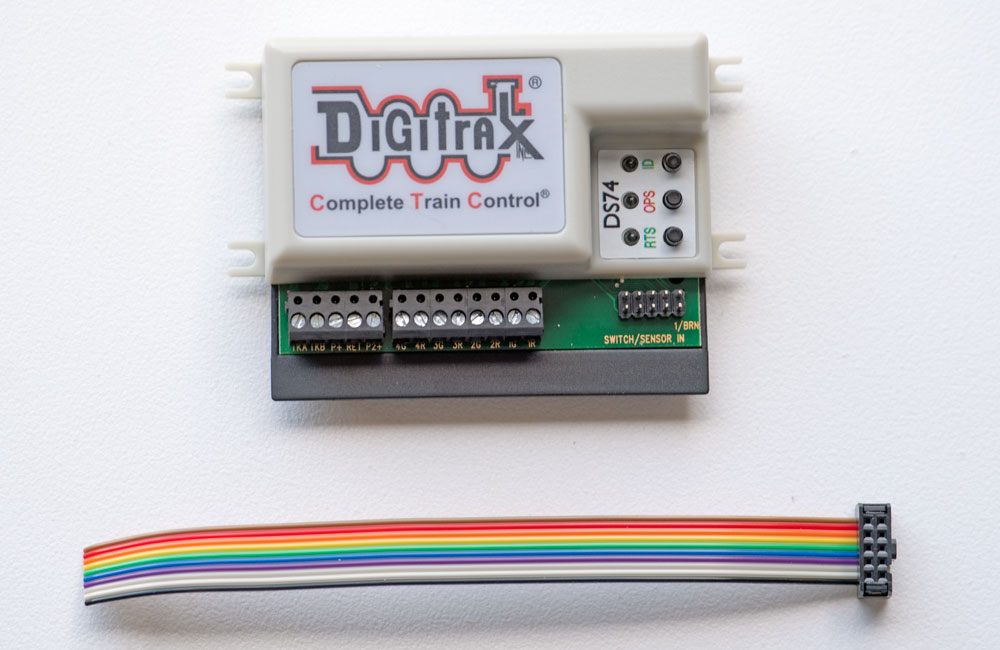
I’ve wired a number of control panels for clubs. Control panels stick out into aisles and therefore need to be rugged. Control panels also take a good amount of time to wire. If you make a change in your track, modifying the panel to reflect the change can be difficult. I’ve always liked being able […]
Read More…
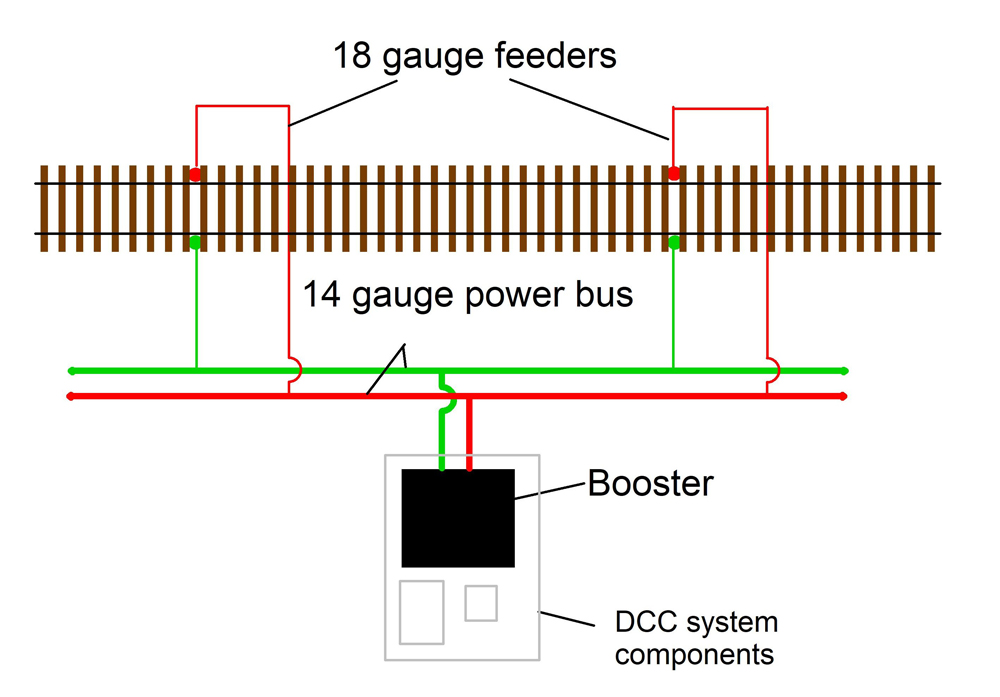
There is probably no other aspect of our hobby that creates more anxiety and confusion for newcomers than wiring. When you’re starting at absolute ground zero on the learning curve it can be daunting at times. However, at the most basic level, what we’re trying to do is get electricity from a power source to […]
Read More…

Track wiring your model railroad layout can be daunting, especially for beginners to the hobby. In order to help those looking to start, here’s a review of the bare-bones basics of wiring your layout that will help you get your trains up and running as quickly as possible. Run the wire bus roughly beneath the […]
Read More…
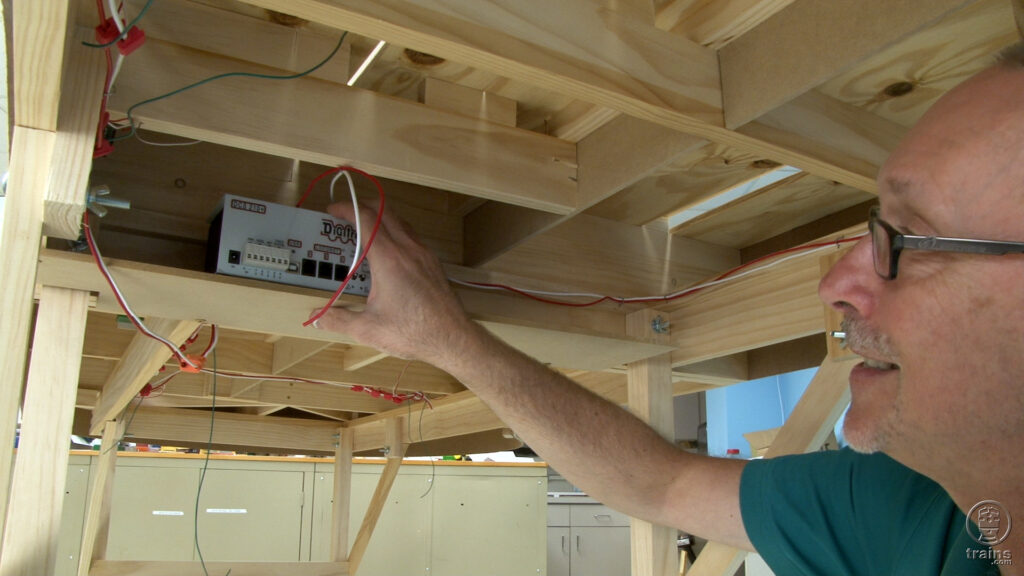
David installs a Digitrax Evolution Express command system on our State Line Route layout. Follow along as David guides you from installing the universal panels to modifying a throttle pocket to watching trains run on the N scale layout! […]
Read More…

David installs a Digitrax Evolution Express command system on our State Line Route layout. Follow along as David guides you from installing the universal panels to modifying a throttle pocket to watching trains run on the N scale layout! […]
Read More…

Good news! If your lifeless locomotive has ever run under Digital Command Control (DCC), chances are good that you can get it running again without having to send it off for repair. The solution is easy, too! More good news! If you have a new steam locomotive that doesn’t run or only partially works, maybe […]
Read More…
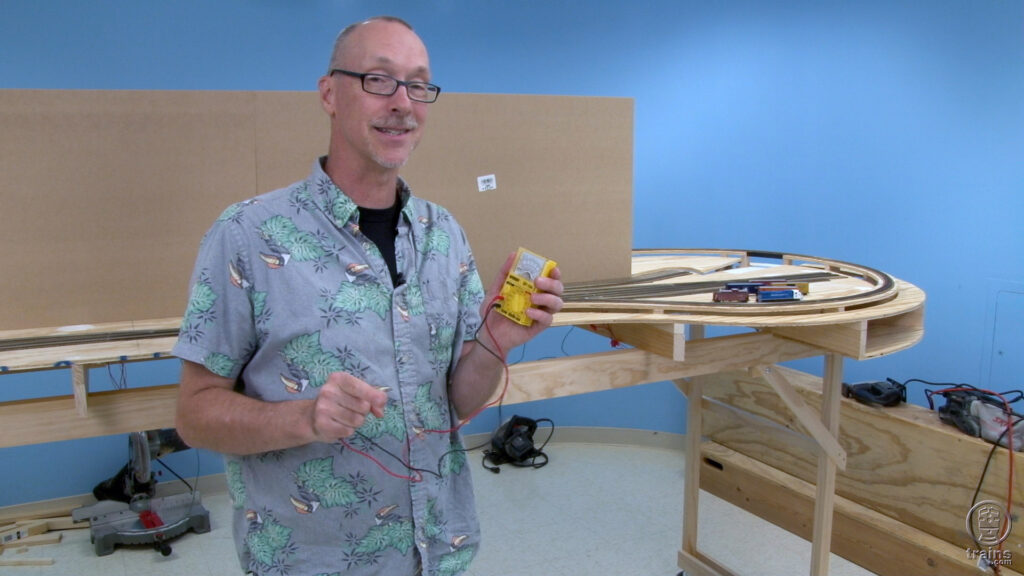
After a quick update with Jenny to see how her Walther’s bungalow kit is coming along, David gets to work on electrical projects. Follow along, and you’ll see how he installed feeder wires and added a power bus line under the State Line Route N scale layout. […]
Read More…

After a quick update with Jenny to see how her Walther’s bungalow kit is coming along, David gets to work on electrical projects. Follow along, and you’ll see how he installed feeder wires and added a power bus line under the State Line Route N scale layout. […]
Read More…

The latest special issue from Classic Toy Trains! If you’re looking to build your first toy train layout, or maybe just something more manageable, Toy Train Layouts for Small Spaces has you covered! It’s full of plans for layouts under 100 square feet that will fit in a spare room, including island and around the […]
Read More…
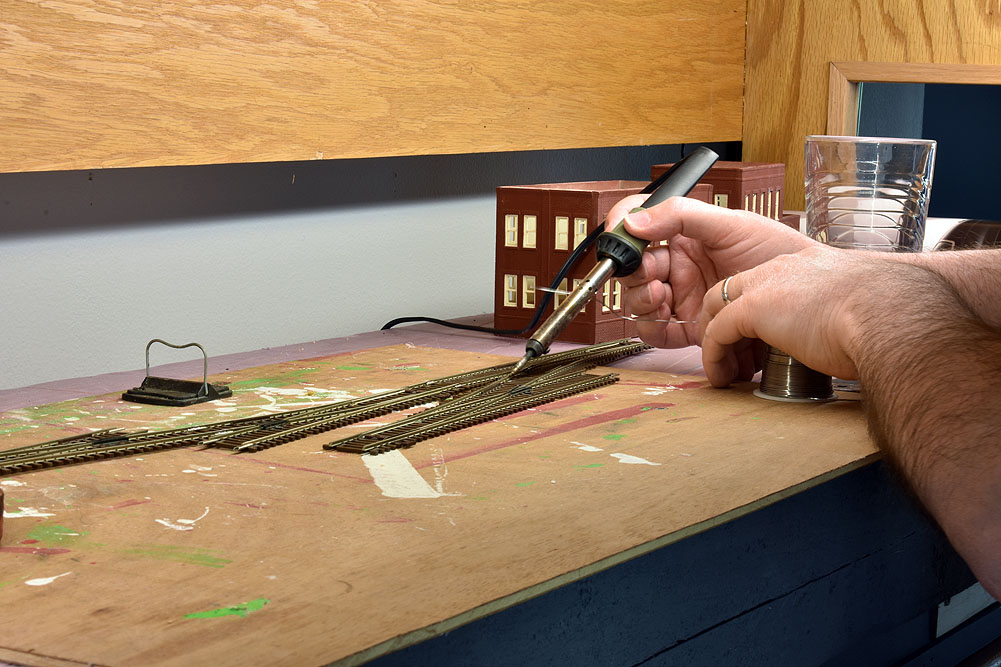
My little shelf layout is made from track and lumber salvaged from a small model railroad I was building in my apartment living room back in Pennsylvania before I moved to Wisconsin to work for Model Railroader. In my current living room, I only have room for a shelf layout, which is built into an […]
Read More…
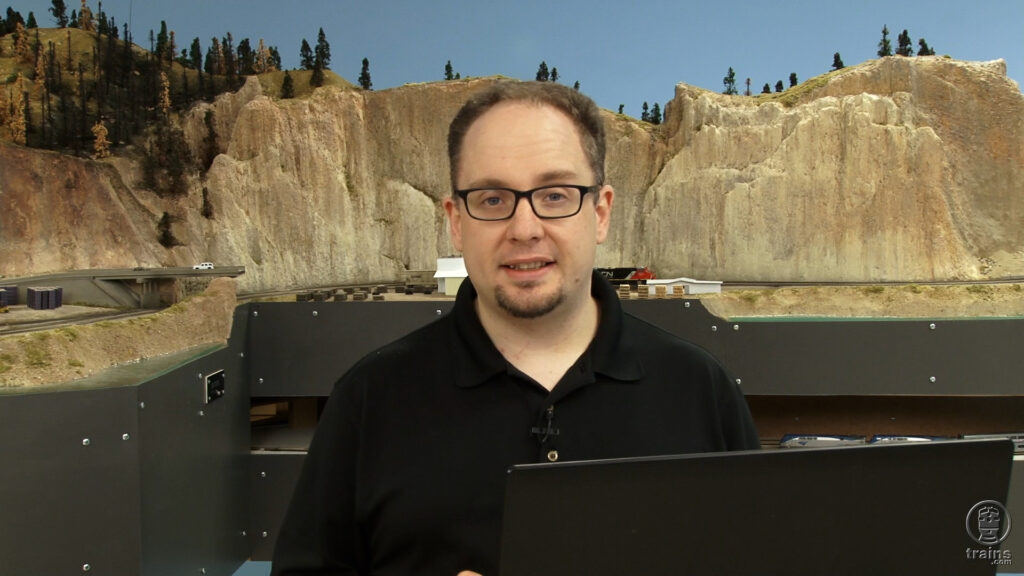
In this final series video, Trains.com resident DCC expert Ben Lake covers signal installation with JMRI. Using the Canadian Canyons N scale layout scale as his workbench, Ben walks and talks viewers through signal decoder setup, signal wiring schematics, PanelPro configuration, and more! […]
Read More…










